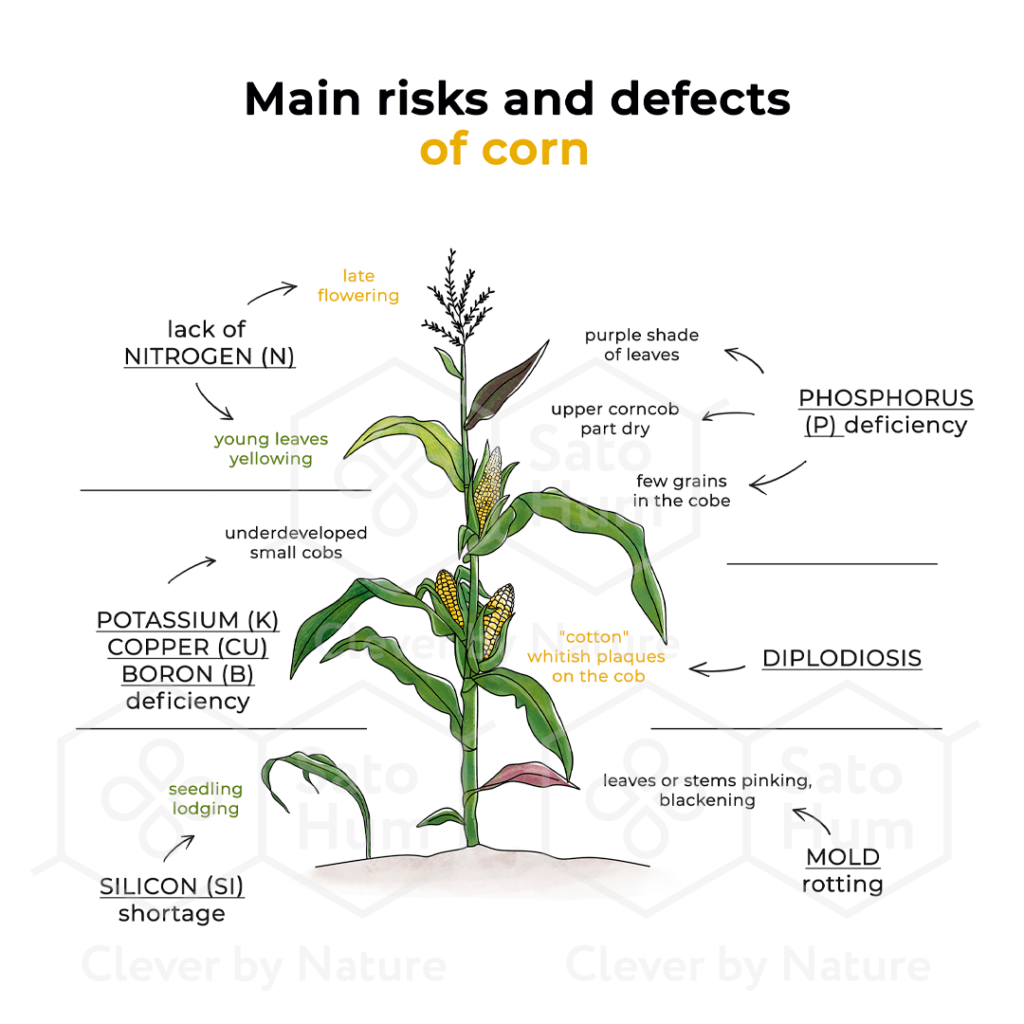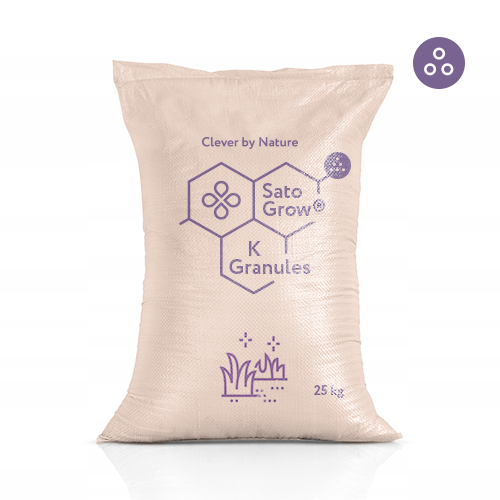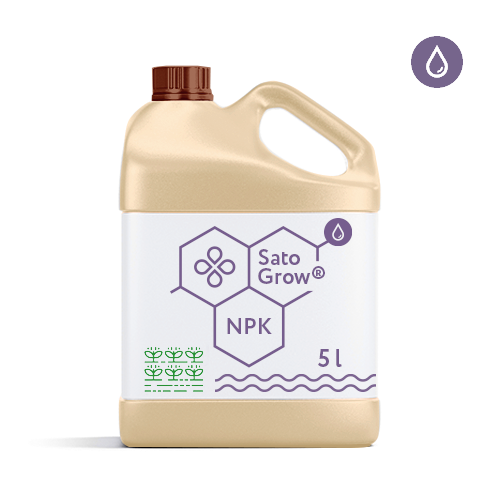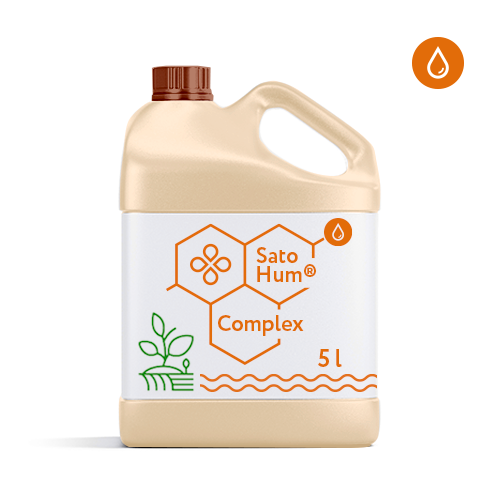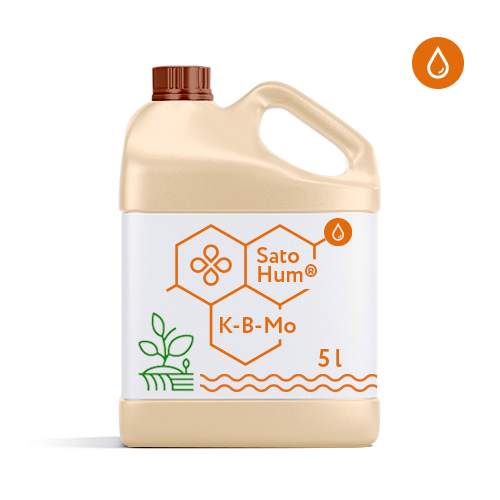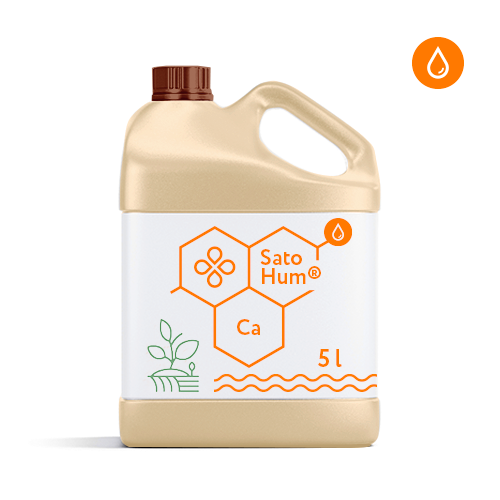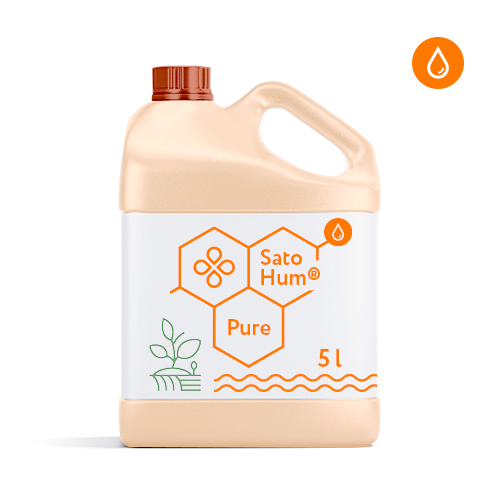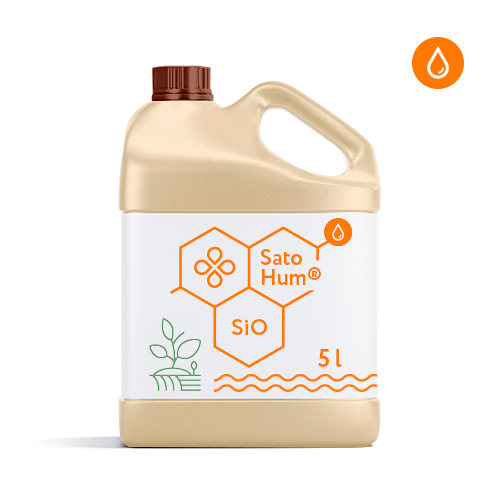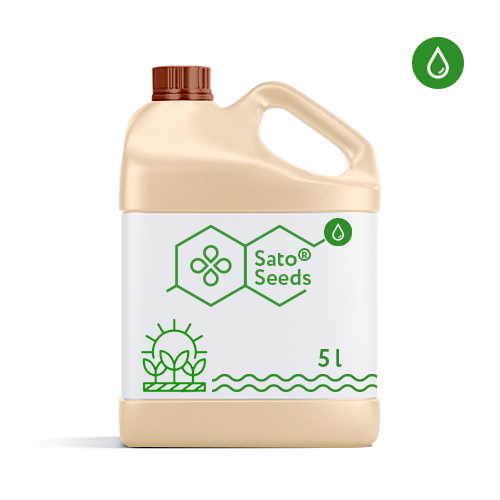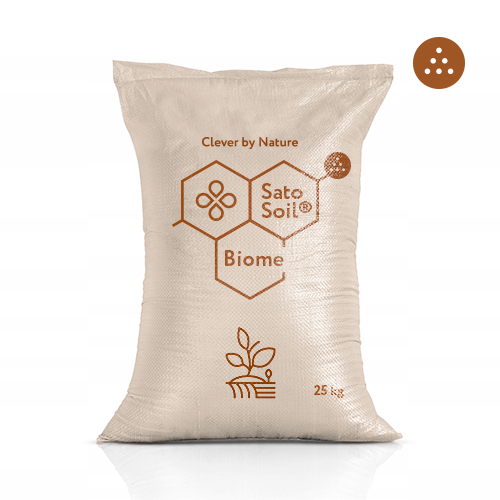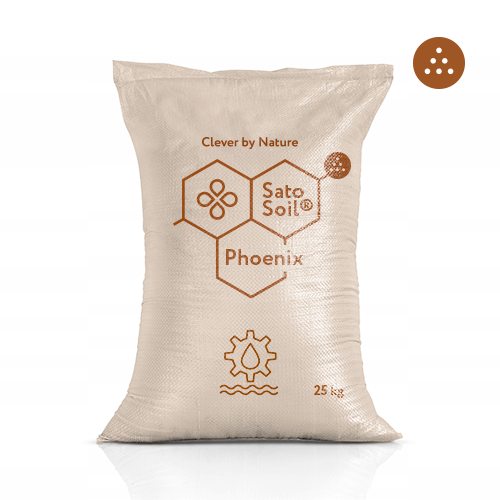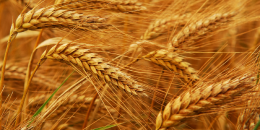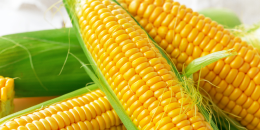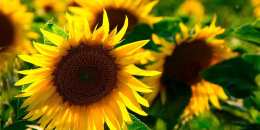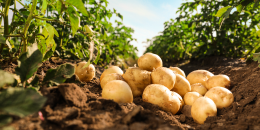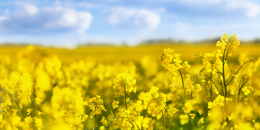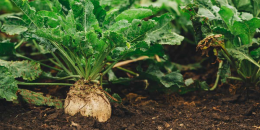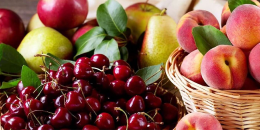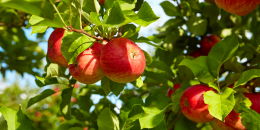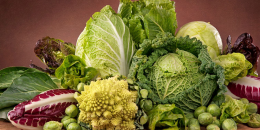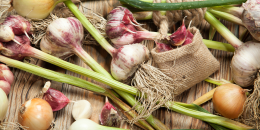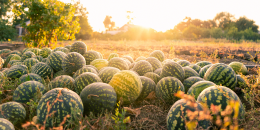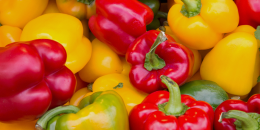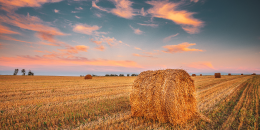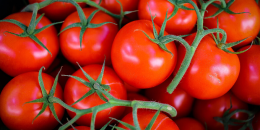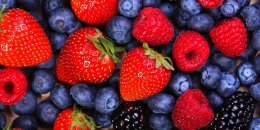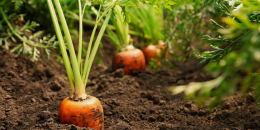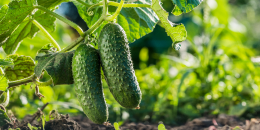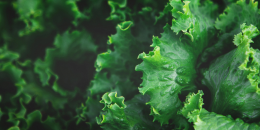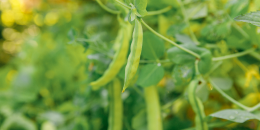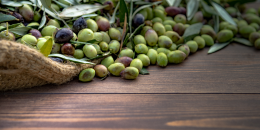The economic value of corn is obvious – it is both a table and fodder and industrial crop at the same time, one of the most popular in the world.
Corn
A distinction is made between favorable and unfavorable predecessor crops in the corn crop rotation. Legumes and winter wheat are considered favorable, and among the unfavorable ones are called sugar beet and potato, which noticeably dry up humus. A balanced moisture level is important for corn; water deficiency negatively affects growth and pollination, which leads to incomplete ripening of the cobs.
Critical phenodates for corn are the heading phase (tassel formation and pollination), the flowering phase and milky ripeness, when the need for moisture is especially high. To retain moisture, in addition to watering itself, it’s important to nourish the soil with humates.
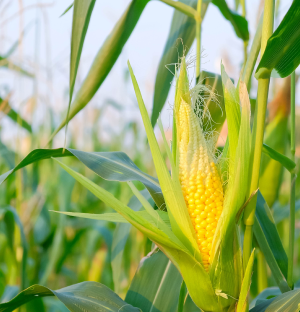

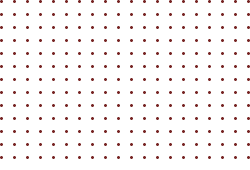
Corn is susceptible to numerous diseases caused by pathogenic fungi in the bioactive soil environment: nigrosporiosis, corn and loose smut, diplodia, fusarium, red rot and anthracnose. In addition to diseases, corn has many natural pests – larvae, beetles, caterpillars and moths. For seed treatment before sowing and after harvesting to increase the keeping quality of grains, we recommend the use of Sato® Seeds with fungicidal and bactericidal action. To improve the fertile upper layer and reduce the pathogenic environment, we have developed our soil improvers line SatoSoil®.
Corn doesn’t tolerate weeds and is sensitive to excess nitrogen, so the right nutrients must be delivered to each phase of the growing cycle. SatoGrow® organo-mineral biostimulants gradually release organic matter and form insoluble complexes with nitrates.
Silicon-containing preparation SatoHum® SiO helps to gain biomass and improves the absorption of macronutrients, expands plant resistance to high temperatures, and strengthens cell walls.
The economic value of corn is obvious – it is both a table and fodder and industrial crop at the same time, one of the most popular in the world.
A distinction is made between favorable and unfavorable predecessor crops in the corn crop rotation. Legumes and winter wheat are considered favorable, and among the unfavorable ones are called sugar beet and potato, which noticeably dry up humus. A balanced moisture level is important for corn; water deficiency negatively affects growth and pollination, which leads to incomplete ripening of the cobs.
Critical phenodates for corn are the heading phase (tassel formation and pollination), the flowering phase and milky ripeness, when the need for moisture is especially high. To retain moisture, in addition to watering itself, it’s important to nourish the soil with humates.



Corn is susceptible to numerous diseases caused by pathogenic fungi in the bioactive soil environment: nigrosporiosis, corn and loose smut, diplodia, fusarium, red rot and anthracnose. In addition to diseases, corn has many natural pests – larvae, beetles, caterpillars and moths. For seed treatment before sowing and after harvesting to increase the keeping quality of grains, we recommend the use of Sato® Seeds with fungicidal and bactericidal action. To improve the fertile upper layer and reduce the pathogenic environment, we have developed our soil improvers line SatoSoil®.
Corn doesn’t tolerate weeds and is sensitive to excess nitrogen, so the right nutrients must be delivered to each phase of the growing cycle. SatoGrow® organo-mineral biostimulants gradually release organic matter and form insoluble complexes with nitrates.
Silicon-containing preparation SatoHum® SiO helps to gain biomass and improves the absorption of macronutrients, expands plant resistance to high temperatures, and strengthens cell walls.
| SOILS | SEEDS | GROWTH | HARVEST | ||
| SatoSoil® Biome
Preservation of fertile layer during crop rotation Incorporation to a depth up to 16 cm 5 – 10 t/ha Single application before sowing 2 – 5 t/ha SatoSoil® pHoenix Soil recovery after unfavorable predecessors Correction of acidic and saline soils Deep plowing up to 18 cm 4 – 8 t/ha SatoHum® K or SatoGrow® NPK/ SatoGrow® N Watering the soil improver 2 – 6 l/ha |
Sato® Seeds
Viable seeds Coordinated seedlings Pathogen protection 0,8 l/t SatoGrow® K Granules or SatoGrow® NPK Granules Stimulation of biocenosis Gradual release of minerals 100 – 300 kg/ha/season SatoHum® K or SatoGrow® NPK/ SatoGrow® N Granulate activation 2 – 6 l/ha |
SatoHum® Complex
Prevention of lodging Alignment with the reference crop 1,5 – 2 l/ha SatoHum® SiO Developmental delay Lingering rains Drought 2 – 2,5 l/ha SatoGrow® NPK/ SatoGrow® N Growth intensification 2 l/ha |
SatoHum® K-B-Mo
Chlorosis and spots – lack of copper and zinc 1,5 – 2 l/ha SatoHum® Ca Deformation of young leaves, whitish spots – lack of calcium 1,5 – 2 l/ha |
Sato® Seeds
Increasing the keeping quality of grain and cobs 0,8 l/t |
|
WARNING: 4 Sato® Steps is a comprehensive crop care system that provides the basic crop needs for the main 12 macro, meso and micronutrients for an optimal growing cycle and unlocking the potential of each crop.
SOILS: In pre-sowing application of SatoSoil® Soil improvers, the minimum rate is introduced, when autumn applying, the maximum rate is recommended. When applying SatoGrow® Biostimulants after SatoSoil® Soil improvers, the minimum rate is applied; if the soil hasn’t been treated, the maximum rate is applied. For irrigation, it’s recommended to activate granulates (soil improvers or biostimulants) with SatoHum® liquid formulations and SatoGrow® liquid organo-mineral biostimulants.
SEEDS/SEEDLINGS/VEGETATION BEGINNING: Treatment of seeds and seedlings with Sato® Seeds formulation is compatible with treatment by classical protectants without reducing the rates of their application, and helps to increase the viability of seedlings, the development of the plant and its fruitfulness.
GROWTH: Our SatoHum® solutions have a guaranteed composition with high content of humic and fulvic acids with amino acids of plant origin. It is not recommended to exceed the total applying dose of SatoHum® liquid formulations over 6 l/ha/season, starting from the germination/seedlings phase.
HARVEST: Simultaneous fertilization with several SatoHum® products is not expected. It’s not recommended to exceed the specified application rates. For single, not systemic application of SatoHum® products, the maximum dosage of the product is recommended.
